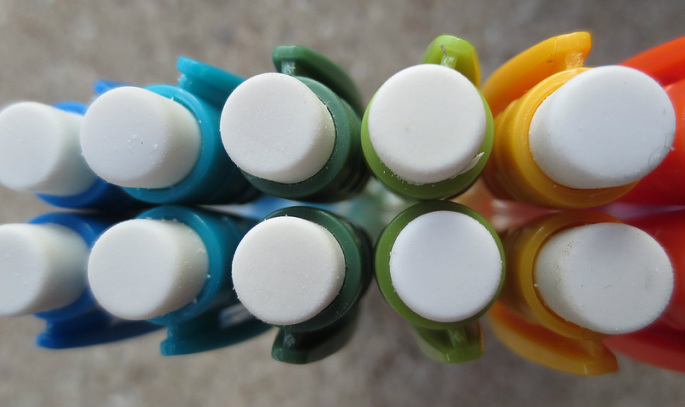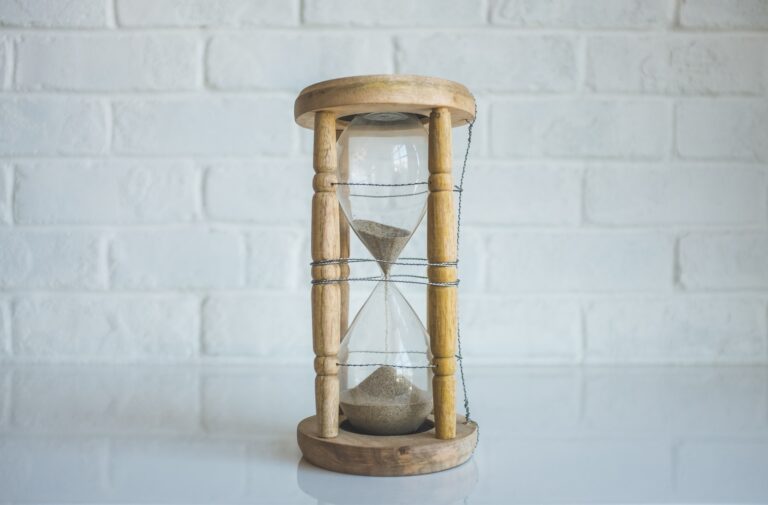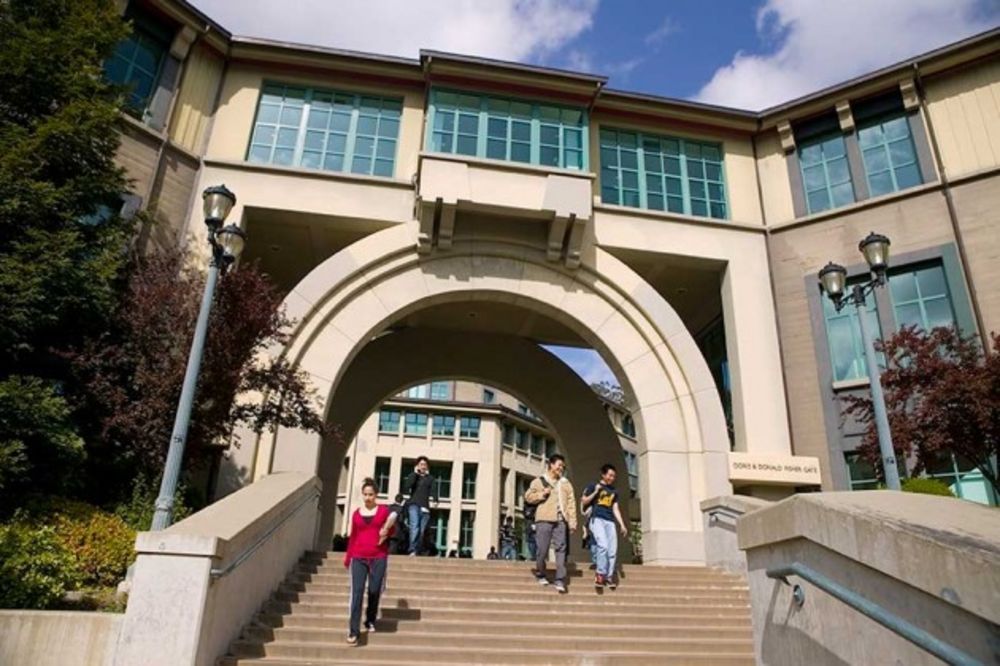Winter break is right around the corner…time to get your leisure reading ready! Every school break or holiday, we want to publish a list of cool books for you to read taken from the College Board 101 Great Books list. Here are some of our favorites organized by how often you read for the Winter Break SAT Reading List 2014. Fortunately, you can get the following books from Book World by Kinokuniya in Dubai Mall or order them from Amazon.ae.
Winter Break SAT Reading List 2014
If you normally read 1 book a year
The Awakening by Kate Chopin
Kate Chopin’s riveting, daring story of one woman’s search for personal freedom was far ahead of its time. Its publication in 1899 aroused a storm of controversy violent enough to end its author’s career.
With effortless, sure-handed artistry, Chopin tells the story of Edna Pontellier. She is a young mother and model wife, whose romantic involvement with a young man during a vacation at a seaside resort allows her for the first time to imagine a new, freer life. Upon her return to New Orleans, Edna leaves her husband’s home for her own cottage and begins an affair. Unfortunately, she discovers that the constraints of social custom may be more powerful than she thought. Contemporary readers and reviewers were shocked by the frank, unapologetic treatment of adultery in The Awakening. The fact that we have the book at all is the most convincing tribute to its enduring, irrepressible power.
Our Tip: Buy the version with the selected stories. They are short and well-worth the read!
If you normally read 1 book per month
Read the book listed above and…
The Sound and the Fury by William Faulkner
The Sound and the Fury is the tragedy of the Compson family. It features some of the most memorable characters in literature: beautiful, rebellious Caddy; the manchild Benjy; haunted, neurotic Quentin; Jason, the brutal cynic; and Dilsey, their black servant. Their lives are fragmented and harrowed by history and legacy. The character’s voices and actions mesh to create what is arguably Faulkner’s masterpiece and one of the greatest novels of the twentieth century.
If you normally read 1 book a week
Read the books listed above and…
One Hundred Years of Solitude by Gabriel Garcia Marquez
Marquez’s masterpiece is one of the most influential literary works of our time. One Hundred Years of Solitude is a dazzling and original achievement by the masterful Gabriel García Márquez, winner of the Nobel Prize for Literature.
One Hundred Years of Solitude tells the story of the rise and fall, birth and death of the mythical town of Macondo through the history of the Buendía family. Inventive, amusing, magnetic, sad, and alive with unforgettable men and women. It is brimming with truth, compassion, and a lyrical magic that strikes the soul. This novel is a masterpiece in the art of fiction.
Need help preparing for the SAT?
We offer private tutoring with American SAT experts. Whatsapp us or email eden@apply-me.com for more info.












